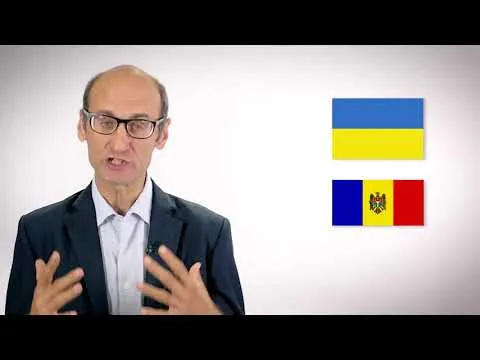The EU Is Exporting Its Policies via Bilateral Trade Agreements
After the failure of the Doha Round, facing increasing difficulties in enforcing the World Trade Organization (WTO)'s discipline on subsidies the EU has effectively used bilateral trade agreements as a tool to export trade and trade-related policies, including competition policy and control of public aid.
An in-depth analysis of more than 50 bilateral preferential trade agreements by Bocconi University scholars Leonardo Borlini and Claudio Dordi shows how the European Union succeeded in regulating state intervention.
The most advanced of these agreements go beyond the WTO discipline of subsidies, by including rules that regard the service sector and by defining categories of admissible subsidies, along the lines of the green light subsidies of WTO's Subsidies and Countervailing Measures, washed away by the Doha Round's shipwreck.
How the subsidy policy is dealt with in the European Union's trade agreements largely depends on the status of the partner. A pyramid can be drawn with agreements containing EU-similar disciplines at the top. These include agreements with candidate countries (Turkey and some of the Western Balkans countries) or countries with a strategic interest in developing strong ties with the European Union (Ukraine, Moldova and certain Euromed countries) and South Africa.
At the other end of the spectrum are agreements that virtually ignore the issue, such as those with Caribbean countries. Some other agreements contain only limited chapters on competition and subsidies, by reproducing WTO rules, such as those with Canada and Mexico, or by reinforcing transparency provisions, as happens in the agreements with Colombia and Georgia.
The most thought-provoking position is occupied by advanced partners (Korea and Singapore) and developing countries (Vietnam) that have negotiated detailed and ambitious regimes on subsidies with the EU. They are considered WTO+ agreements because they go beyond WTO provisions: they define more prohibited subsidies, seek to remove distortions to competition due to specific subsidies and, in the cases of Singapore and Vietnam, include rules on services, that the WTO discipline has never covered.
The analysis of these agreements brings us to the heart of the subsidies issue, that is their ambivalence. Even if problematic from a competition point of view and a trade perspective, subsidies are not an absolute evil. They are a tool of industrial policy everywhere, can target market imperfections by rewarding companies for positive externalities and public goods and can pursue social and distributive effects.
The different ideological approach of the different countries forced the EU to design tailor-made exceptions to the general prohibition of subsidies. The European negotiators have done a very good job, mainly in regard to state companies in countries as much different as Singapore and Vietnam.
The new agreements with advanced trading partners which had no need to conform to European rules are likely to be a blueprint for important agreements currently in the negotiating phase, including China, India and Russia and have surely been for the recently concluded agreement with Japan.
Leonardo Borlini, Claudio Dordi, Deepening International Systems of Subsidy Control: The (Different) Legal Regimes of Subsidies in the EU Bilateral Preferential Trade Agreements, (Columbia Journal of European Law, Vol. 23, no. 3, pp. 551-606, 2017).
How the EU Is Exporting Its Policies via Bilateral Trade Agreements
